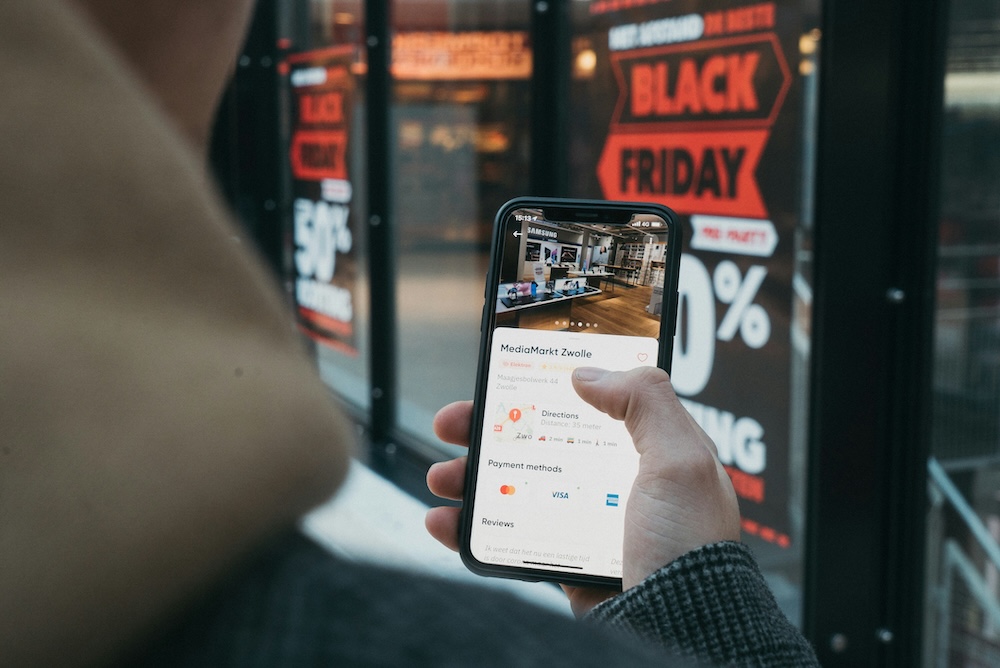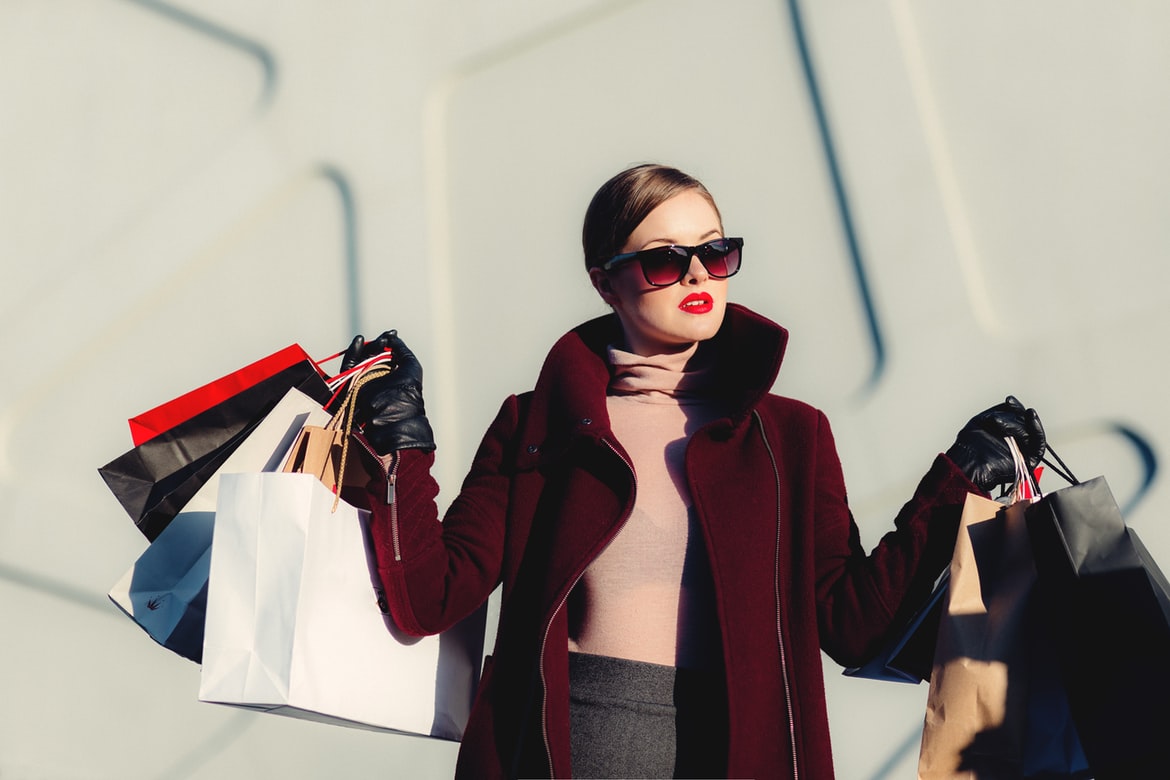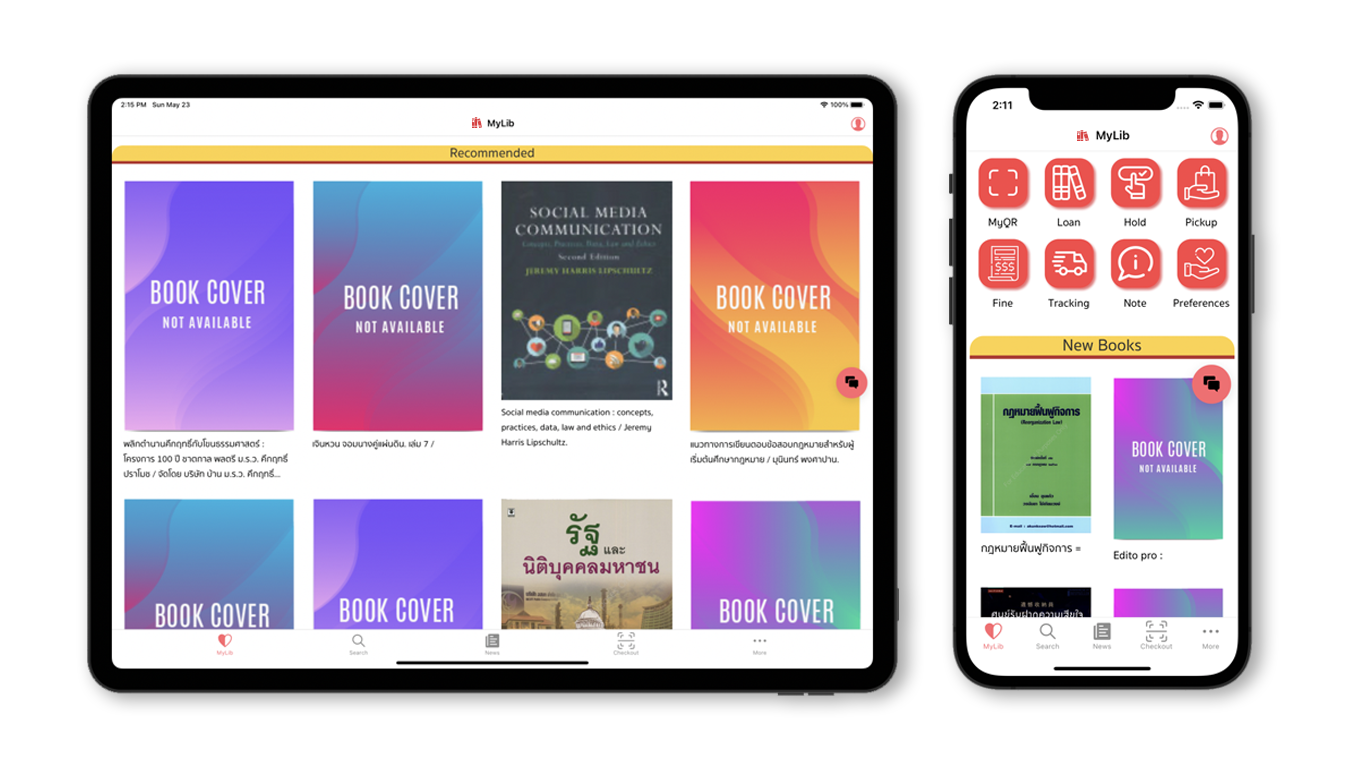How to Choose the Right Sensors for Your Farm
Introduction
Sensors are revolutionizing modern agriculture, enabling farmers to make data-driven decisions. However, with the wide variety of sensors available, choosing the right ones for your farm can be challenging. This guide will walk you through the key factors to consider when selecting sensors tailored to your farming needs.
1. Identify Your Farm’s Needs
Before investing in sensors, determine the specific challenges or goals for your farm:
- Irrigation Management: Do you need to optimize water usage?
- Soil Health Monitoring: Are you concerned about nutrient levels, pH, or moisture?
- Weather Monitoring: Do you need data on rainfall, temperature, or wind speed?
- Pest and Disease Management: Are you looking to detect early signs of pests or crop diseases?
- Crop Performance Tracking: Do you want to monitor growth and yield patterns?
By understanding your priorities, you can narrow your focus to the sensors that address your primary concerns.
2. Understand the Types of Agricultural Sensors
Different sensors serve different purposes. Here’s a breakdown of common types:
- Soil Sensors: Measure moisture, pH, temperature, and nutrient levels.
- Weather Sensors: Track rainfall, temperature, humidity, wind speed, and solar radiation.
- Plant Sensors: Monitor crop health, growth, and stress levels (e.g., through chlorophyll levels or leaf temperature).
- Water Quality Sensors: Assess water pH, salinity, and dissolved oxygen levels for irrigation or aquaculture.
- Pest Detection Sensors: Detect movement or chemical signals related to pests.
3. Match Sensor Features to Your Farm’s Requirements
Consider these critical factors when evaluating sensor options:
- Accuracy: Ensure the sensor provides precise and reliable data.
- Durability: Choose sensors that can withstand your farm’s environmental conditions, such as extreme temperatures, rain, or dust.
- Range and Coverage: Determine if the sensor’s range suits the size of your farm.
- Real-Time Monitoring: Decide if you need sensors that provide instant data updates for time-sensitive decisions.
- Integration: Check if the sensors are compatible with your farm management software or IoT platforms.
4. Assess Your Budget
Sensors come in a range of prices, from budget-friendly to advanced high-end devices. When deciding:
- Start with essential sensors that deliver the highest ROI (e.g., soil moisture or weather sensors).
- Explore scalable systems that allow you to add more sensors as your budget grows.
- Compare prices between different brands and evaluate warranty options for long-term savings.
5. Research Connectivity and Power Requirements
Sensors often rely on connectivity and power sources. Consider:
- Connectivity Options: Wi-Fi, Bluetooth, LoRaWAN, Zigbee, or cellular networks.
- Power Supply: Choose between battery-powered, solar-powered, or wired options based on your farm’s layout and resources.
- Data Transmission: Ensure the sensors can reliably send data to your devices or cloud platforms.
6. Look for User-Friendly Features
Ease of use is essential, especially for farmers new to smart technologies. Look for:
- Plug-and-Play Design: Sensors that are easy to install and operate.
- Mobile App Compatibility: Sensors that pair with apps for real-time monitoring and alerts.
- Data Visualization: Systems that provide clear and actionable insights.
7. Check for Scalability
If you plan to expand your farm or incorporate additional technologies in the future, opt for sensors that can scale with your needs. Systems with modular designs or compatibility with multiple sensor types are ideal for long-term use.
8. Read Reviews and Seek Expert Advice
- Look for reviews and testimonials from other farmers to learn about real-world performance.
- Consult agricultural experts or local extension services for recommendations tailored to your region and crops.
9. Test Before You Invest
If possible, test sensors on a small scale before committing to a full deployment. This allows you to evaluate their performance and ensure they meet your expectations.
10. Emphasize Maintenance and Support
Ensure you understand the maintenance needs of your sensors. Check if the manufacturer offers:
- Regular software updates.
- Technical support for troubleshooting.
- Replacement parts or upgrades.
Sample Decision-Making Table
| Sensor Type | Purpose | Features to Consider | Sample Sensors | Approx. Price Range |
|---|---|---|---|---|
| Soil Sensors | Monitor soil moisture, pH, temperature, and nutrients. | Accuracy, durability, compatibility with irrigation systems, ease of installation. | - Vegetronix VH400 - Parrot Flower Power |
$50 - $300+ |
| Weather Sensors | Track temperature, humidity, wind, and rainfall. | Connectivity (Wi-Fi, LoRaWAN), range, real-time alerts, integration with weather apps or software. | - Davis Vantage Pro2 - Netatmo Weather Station |
$200 - $800+ |
| Plant Sensors | Measure crop health, growth, and stress. | Real-time data, portability, multispectral or hyperspectral imaging capabilities. | - Skye Instruments Spectrosense - Arable Mark 2 |
$500 - $2,000+ |
| Water Sensors | Assess water quality (pH, salinity, dissolved oxygen). | Waterproof design, energy efficiency, solar-powered options, long-range connectivity. | - Atlas Scientific EZO-PH - Yoctopuce pH Sensor |
$100 - $600+ |
| Pest Sensors | Detect pest activity or diseases in crops. | Sensitivity, early detection capabilities, integration with pest management systems. | - Trapview Pest Monitor - Semios IoT Pest Sensor |
$300 - $1,500+ |
| IoT Multi-Sensors | All-in-one sensors for soil, weather, and plant data. | Comprehensive monitoring, ease of setup, software compatibility, data visualization tools. | - Farm21 Sensor - CropX Soil Sensor |
$400 - $1,000+ |
Conclusion
Choosing the right sensors for your farm is an investment in its productivity and sustainability. By carefully assessing your needs, budget, and compatibility requirements, you can select sensors that deliver the most value. With the right tools, your farm can thrive in today’s data-driven agricultural landscape.
Get in Touch with us
Related Posts
- MES、ERP 与 SCADA 的区别与边界 —— 制造业系统角色与连接关系详解
- MES vs ERP vs SCADA: Roles and Boundaries Explained
- 为什么学习软件开发如此“痛苦” ——以及真正有效的解决方法
- Why Learning Software Development Feels So Painful — and How to Fix It
- 企业最终会选择哪种 AI:GPT 风格,还是 Gemini 风格?
- What Enterprises Will Choose: GPT-Style AI or Gemini-Style AI?
- GPT-5.2 在哪些真实业务场景中明显优于 GPT-5.1
- Top Real-World Use Cases Where GPT-5.2 Shines Over GPT-5.1
- ChatGPT 5.2 与 5.1 的区别 —— 用通俗类比来理解
- ChatGPT 5.2 vs 5.1 — Explained with Simple Analogies
- 为什么成长型企业 最终会“用不下去”通用软件 —— 成功企业是如何应对的
- Why Growing Businesses Eventually Outgrow Off-the-Shelf Software (And What Successful Companies Do Instead)
- 边缘计算中的计算机视觉:低算力环境下的挑战与中国市场的新机遇
- Computer Vision in Edge Devices & Low-Resource Environments: Challenges & Opportunities
- Simplico —— 面向中国市场的企业级 AI 自动化与定制软件解决方案
- Simplico — AI Automation & Custom Software Solutions
- 基于 AI 的预测性维护——从传感器到预测模型的完整解析
- AI for Predictive Maintenance: From Sensors to Prediction Models
- 会计行业中的 AI 助手——能做什么,不能做什么
- AI Assistants for Accountants: What They Can and Cannot Do














